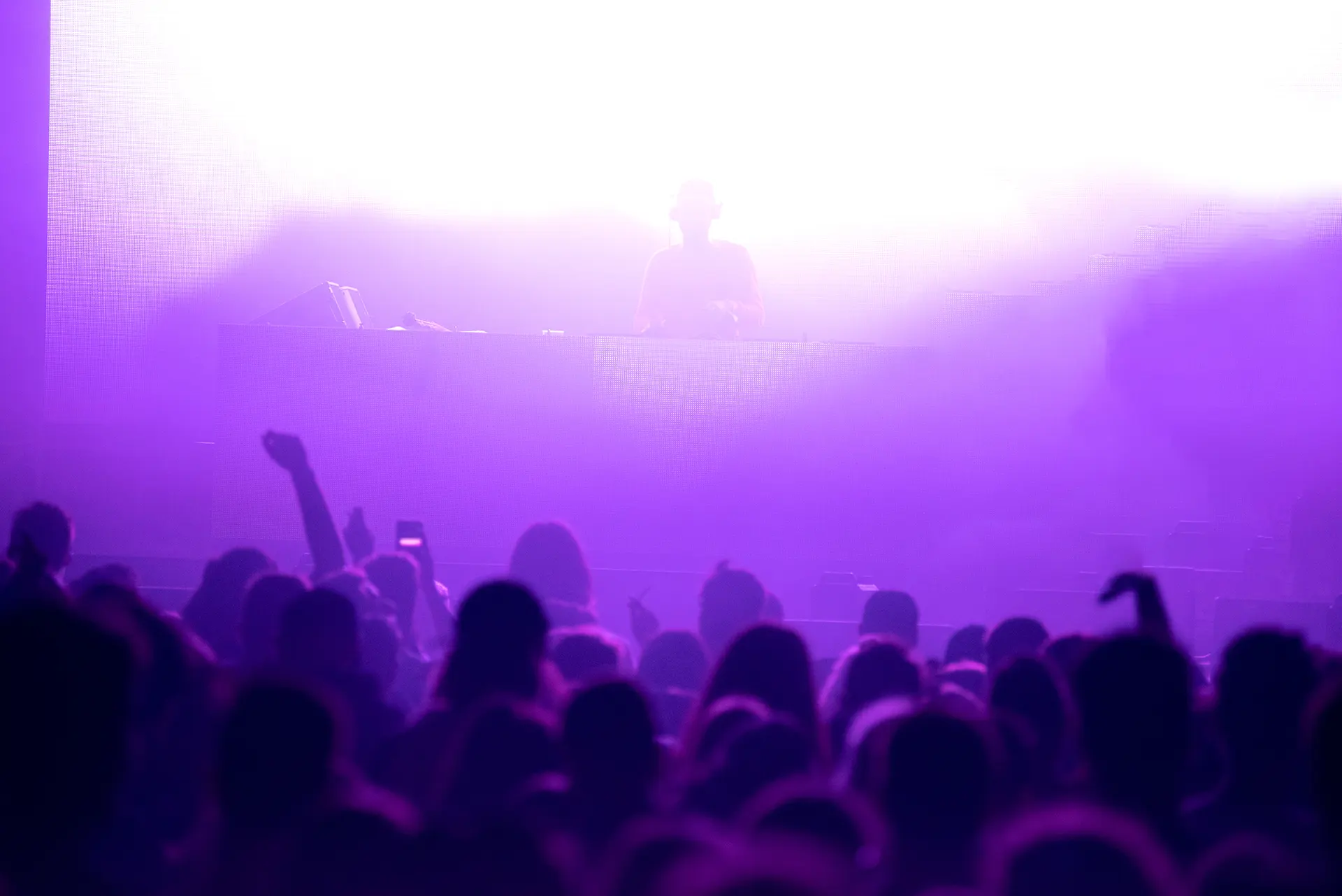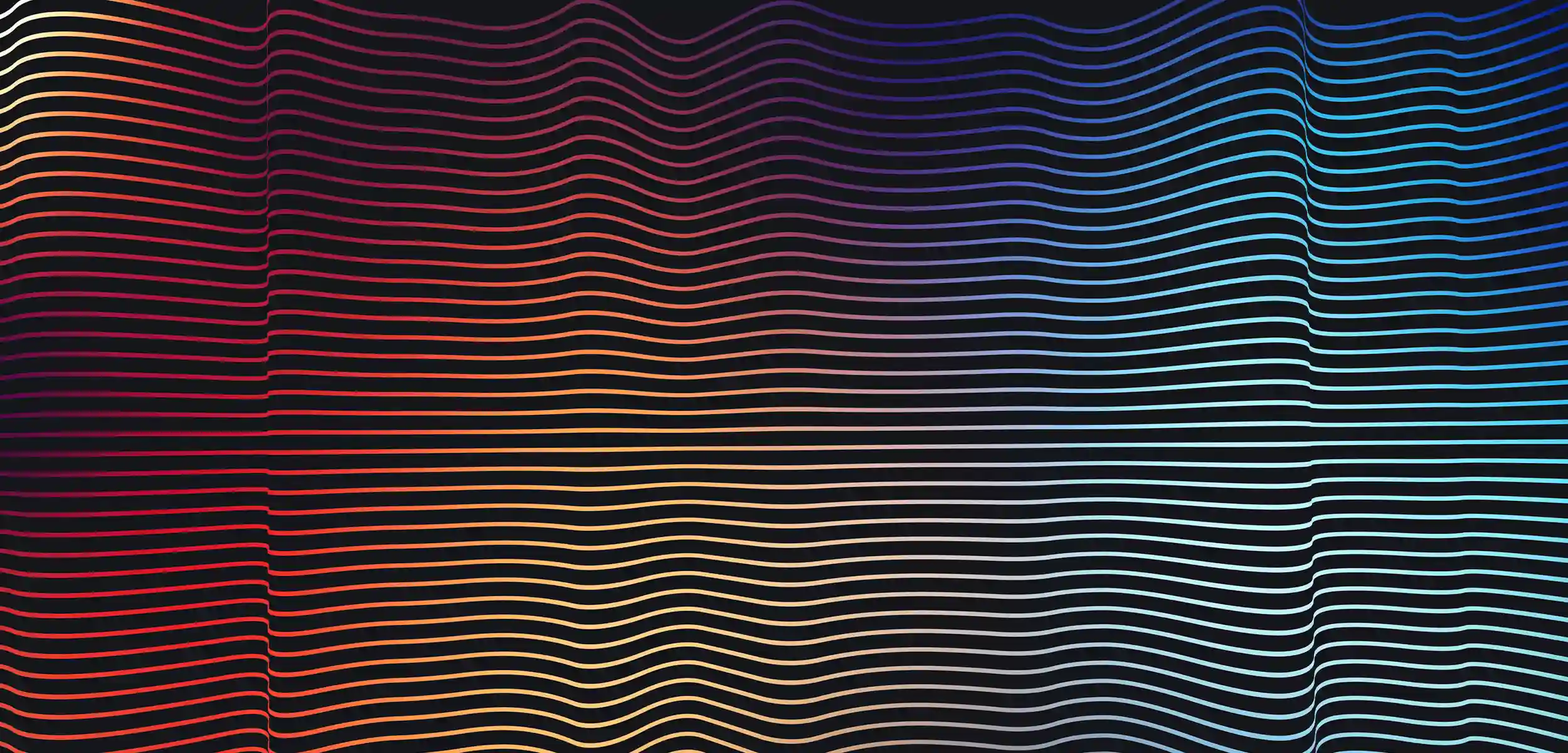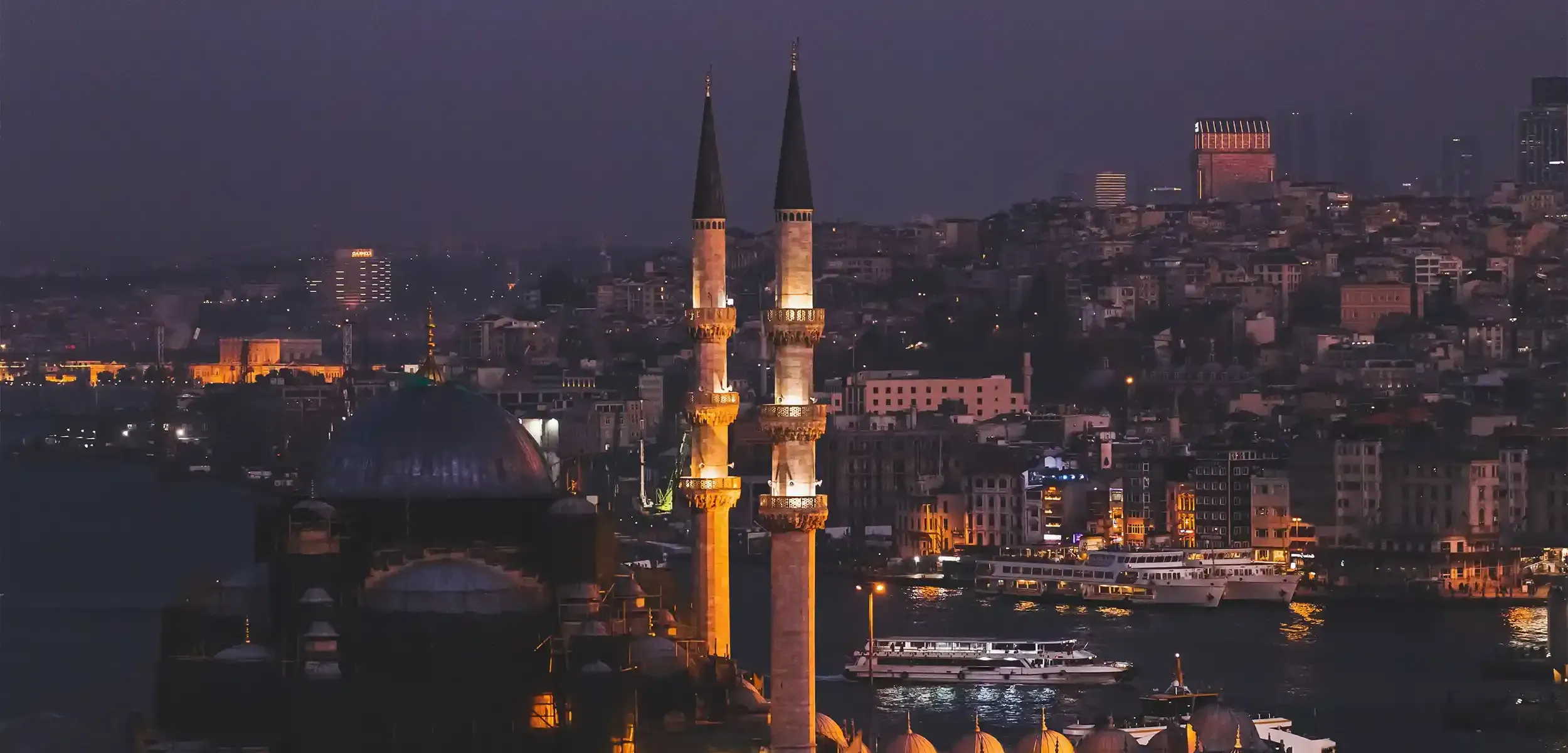In this article:
Electronic music has always been a particularly borderless artistic landscape, with an inclusive and unified culture that belongs to the people of the world and its many dancefloors.
The electronic community is broken down into scenes, where networks of DJs and clubs produce an aesthetic rather than a fixed sense of community, which allows greater room for trans local artistic communication via the music itself. Berlin, London, Detroit and Chicago are all commonly associated with electronic music scenes in the West, but now it’s the turn of the Middle East and cities like Beirut, Cairo, Istanbul and Marrakech.
With such a fluid subterranean cultural network in place, one scene can have a very real impact on another, without the need for the traditional drivers of globalism above ground. This is exactly the exchange that Middle Eastern electronic music hubs are having with the West right now, and the result is an exciting new sound that is influenced by an eclectic range of musical traditions from the region.

Returning to the past
Although the space for new styles and ideas in electronic music is formless, the sounds themselves spring from the world in which they inhabit. For producers in the Middle East this means delving into the traditional instruments and classical Arabic rhythms of their heritage.
An obvious place to start is with drums and percussion, the bedrock of Middle Eastern music. Drums are the heartbeat of urban music, classical ensembles, sacred Sufi music, and traditional folk music throughout the Middle East. Whether it’s the goblet-shaped Darbuka drums, the jingle-encircled Riq or the double-headed Tablat military drums, the variety of percussion in Middle Eastern music makes for a textured, rolling pulse.
Different regions and musical traditions within the Middle East have their own unique rhythmic structures, which are often characterised by complex meter changes and subtle variations. All of this is perfectly suited for electronic compositions. Some elements in classical Arabic rhythmic progressions sound like a breakbeat; others are specifically tailored to accompany dance performances, highlighting the interconnectedness of rhythm, music and movement.
One of the most distinctive features of Middle Eastern music is its emphasis on vocal performance. Vocalists send their powerful singing voices soaring above the canopy of instruments below them, using ornamentation freely to embellish melodies. The roots of this tradition lie in traditions like Mawwal, a vocal style characterised by free-form improvisation and the expression of deep emotions.
In electronic music, a strong vocal can catapult a track into another dimension, as the human voice is what we as listeners connect with most naturally. The presence of these lilting vocal samples amidst trance-like rhythms produces a deeply resonant sensation on the dancefloor, encouraging members of the crowd to tilt their head back and ululate in response. And many do, as you can see in Saudi Arabia-born Nooriyah’s Boiler Room set at the tail end of 2022.
This performance, a celebration of Middle-Eastern heritage on the flagship stage of the virtual electronic music scene, is also memorable for its intro, in which Nooriyah’s father plays the oud for a hushed audience. Described as “the king of Arabic instruments”, the oud is the lineal ancestor of the European lute, and its rich and warm tones are a constant in Middle Eastern music.
A characteristic of the Middle Eastern sound in electronic music is the presence of instruments that have been around for millenia, mixed in with modern sounds. For example, Parisian-based electronic outfit Acid Arab’s track Leila features a melody played on the ney, a traditional flute widely played in Persian, Turkish and Arab music. The ney has been played continually for between 4,500–5,000 years, making it one of the oldest musical instruments still in use today.
East meets West
With such an enriched musical history to call upon, and one that has been as-yet untapped in the consciousness of the wider modern music community, Middle Eastern producers today have a unique opportunity to venture into new territory in electronic music. The potential is there to create a blend of both the old and the new, weaving a sonic tapestry that pays homage to the past while not setting it at odds with the present.
How best to do this is the prerogative of the individual – some producers take a more direct route and build compositions with traditional instruments and rhythms, while others carve a path closer to Western electronic norms, with subtle references to Arab sonic structures and melodic modes. This may include the use of microtonal scales, intricate ornamentation, and modal improvisation, which are characteristic of many Middle Eastern musical styles.
Armed with only a laptop, a pair of headphones and an internet connection, producers in areas of the Middle East where the road to market has its barriers (synthesizers, for example, often cost 40 percent more in the Middle East than elsewhere) can become totally airborne. Using cutting-edge tools from music production companies around the globe, possibilities open up to interpret their music heritage creatively, by sampling and remixing traditional Middle Eastern recordings.
Going further, some producers choose to turn their ear to the sounds of their immediate environment. Lebanese artist Khazrik, for example, chooses to sample sounds found around her home town of Beirut, including electricity generators, to create an experimental techno blend. If you can’t sample your neighbourhood, find it online – the sample industry is also catching up to the rise of the Middle Eastern sound, with heavyweight sample libraries like
Splice, LANDR Samples and Producer Loops offering collections of Middle Eastern samples and beats.
Looking to the future
With the Middle Eastern electronic underground on a rapid rise, the stage is set for a wave of producers to step into the spotlight and further establish this new sound. Middle Eastern cities are quickly becoming major destinations for club goers, with places like Beirut, Cairo, Istanbul, Tel Aviv and Marrakesh building reputations as electronic capitals.

With so much local talent cropping up, it’s not surprising that there is considerable interest from some of the big fish in the music industry. This year, the world’s biggest record company, Universal Music Group, acquired Chabaka, a firm in the UAE which represents 150 artists across the region. Reservoir Media, an award-winning New York music company paired up with PopArabia in Abu Dhabi to acquire 100Copies, an Egyptian record label which specialises in mahraganat, a genre that combines traditional elements with electronic beats.
Clearly, a new era of electronic music is being ushered in via the Middle East, and it’s refreshing to see young artists who feel free and empowered to celebrate Arabic culture through their musical voice.
Join Projecta Vibes on this incredible journey of learning and growth. Together, we can create a new standard of excellence in music production.
Discover latests project files, samples and more HERE
Read other articles
-
 October 21, 2024
October 21, 2024The Science Behind Sound: How Frequencies Affect Human Emotion in Music Production
The Science Behind Sound: How Frequencies Affect Human Emotion in Music Production
-
 October 19, 2024
October 19, 2024Best Mastering Techniques for Electronic Music
Best Mastering Techniques for Electronic Music
-
 October 9, 2024
October 9, 2024Top 10 AI Platforms for Music Producers in 2024
Top 10 AI Platforms for Music Producers in 2024
